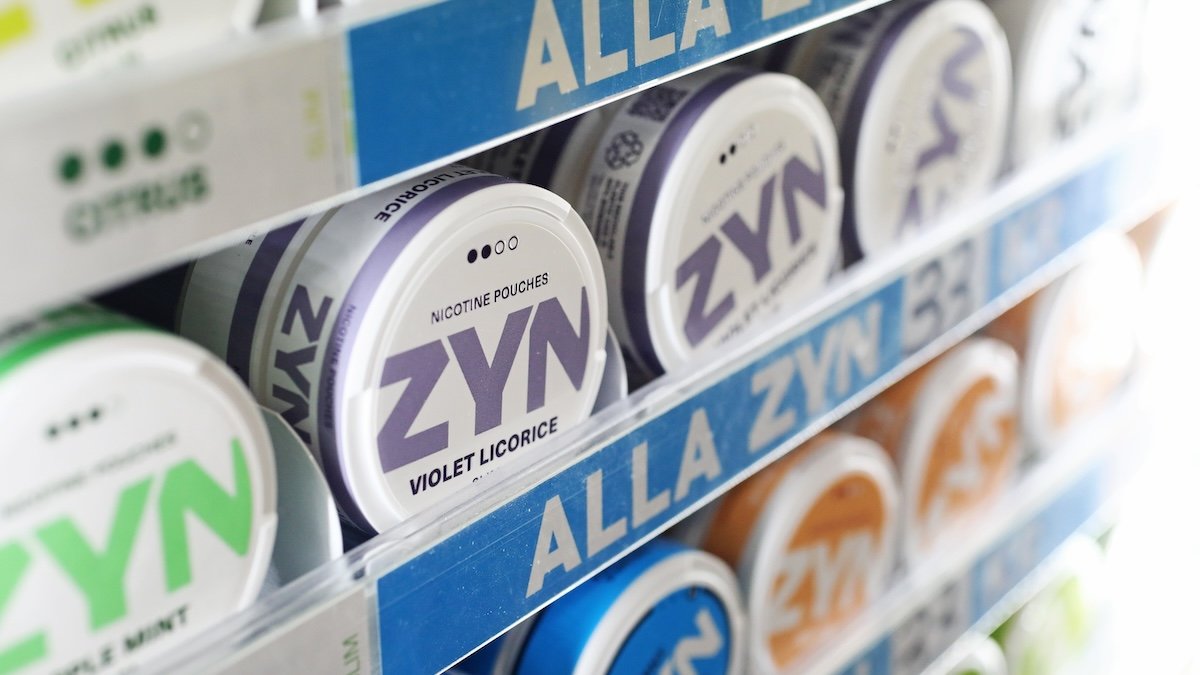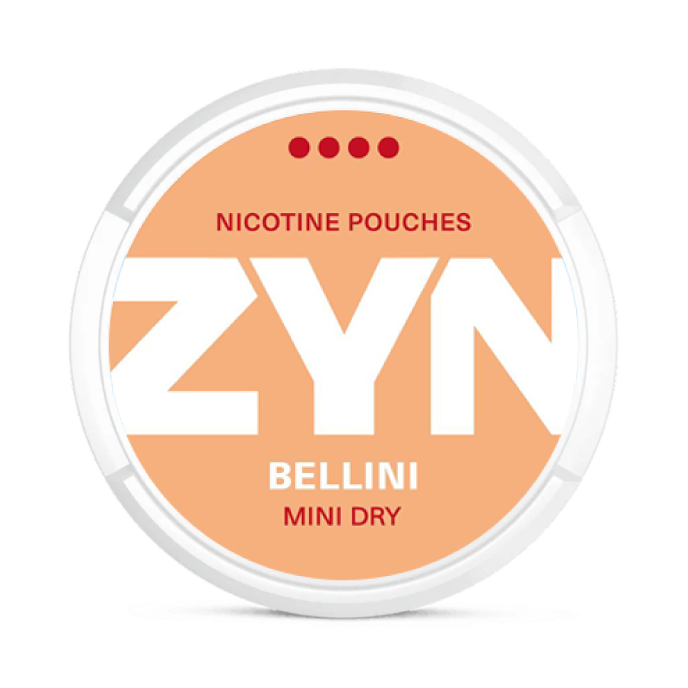Differences between American ZYN, and Swedish ZYN!

ZYN is a popular brand of nicotine pouches, offering a smokeless, tobacco-free alternative to traditional cigarettes and snus. Manufactured by Swedish Match, ZYN has found strong markets in both the United States and Sweden. Despite being produced by the same parent company, ZYN products in the U.S. and Sweden have significant differences in formulation, regulation, availability, and consumer perception. Understanding these differences is essential for users, retailers, and regulators alike.
Lorem Ipsum actually is usefull in the design stage as it focuses our attention on places where the content is a dynamic block coming from the CMS (unlike static content elements that will always stay the same.)


1. Nicotine Strengths and Content
One of the most noticeable differences between American and Swedish ZYN is nicotine strength.
American ZYN typically comes in two strengths: 3 mg and 6 mg of nicotine per pouch. These are designed to cater to beginners and moderate users who prefer a milder experience.
Swedish ZYN, however, offers a broader range of strengths. It commonly includes 1.5 mg, 3 mg, 6 mg, and even up to 11 mg or more, providing more options for experienced users who desire a stronger nicotine hit. The high-strength pouches are especially popular in the Nordic market, where users are more familiar with traditional snus and higher nicotine tolerances.
2. Flavor Varieties
Flavor profiles vary significantly between the two regions.
In the U.S., ZYN flavors lean toward sweet and fruity profiles such as Cool Mint, Spearmint, Citrus, Cinnamon, Coffee, Wintergreen, and Peppermint. These flavors are designed to appeal to American palates, with a preference for familiar and refreshing tastes.
In Sweden, ZYN flavors are often more subtle and traditional. Options like Dry Mint, Espressino, Lemon Spritz, and Bergamot are more common, reflecting local tastes that often favor more nuanced or herbal profiles. Additionally, the Swedish product line often emphasizes “dry” variants, which affect both the release of nicotine and the shelf life of the product.

